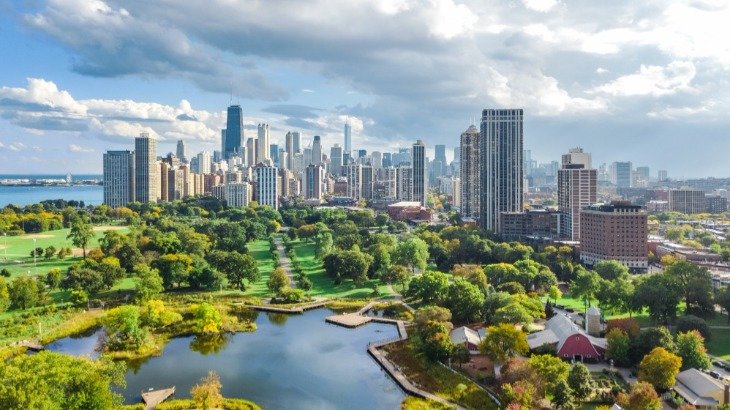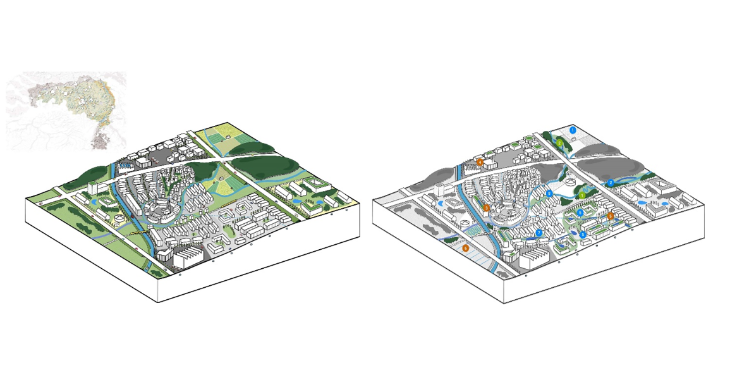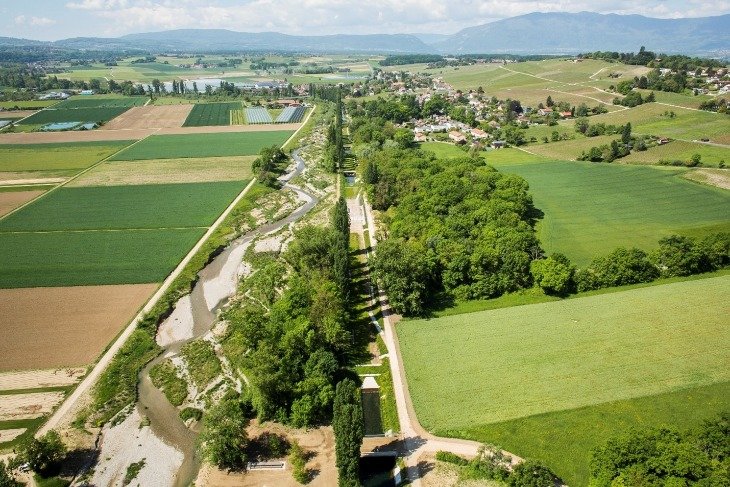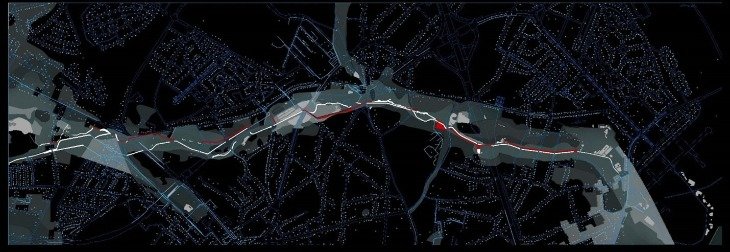Worldwide cities and regions face water related challenges and risks as a result of growing populations, the ever-expanding reach of urbanisation and climate change. Droughts, flooding, pollution of and competition for the necessary freshwater resources as well as the use of water for massive energy and food production directly or indirectly affect life in cities. Therefore water should be considered as a main agent in the design and development of cities and regions. Water should be understood as a common resource, a need, a potential threat but most of all a potential. Water as leverage to build, or to transform, streets, districts and cities as resilient, enduring and enabling urban environments.




The approach of Water Urbanism and the combination of these three perspectives will allow cities and citizens to develop a shared long-term vision on water. And a strategy in which water is used as leverage to build, or transform, streets, districts and cities as resilient, impelling and enabling urban environments. Water becomes a catalyst for the transformation and design of liveable cities and achieving the UN Sustainable Development Goals. Water as a lever for sustainable cities and communities, access to clean water and sanitation and in taking climate action, while supporting live in water and on land.